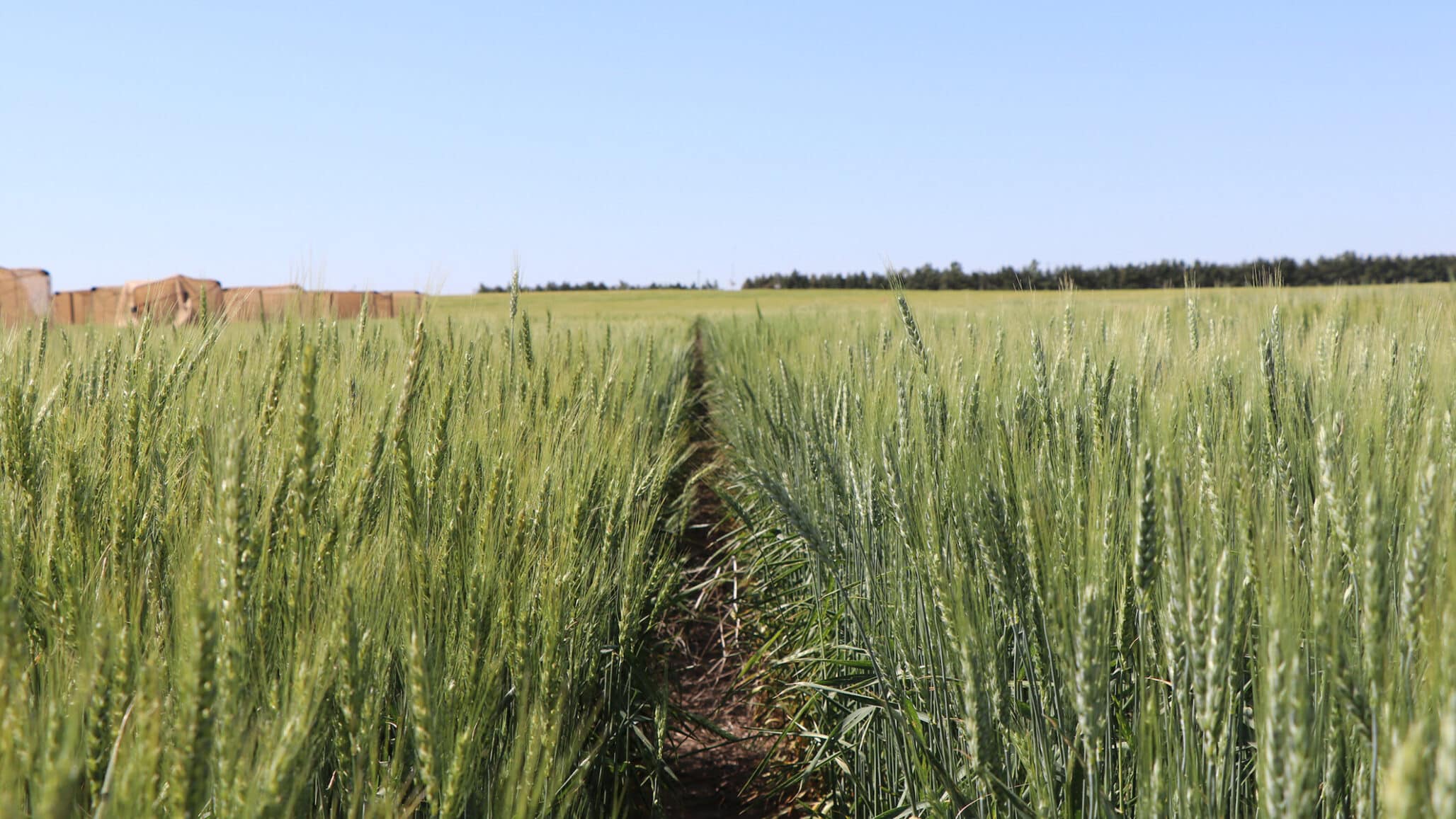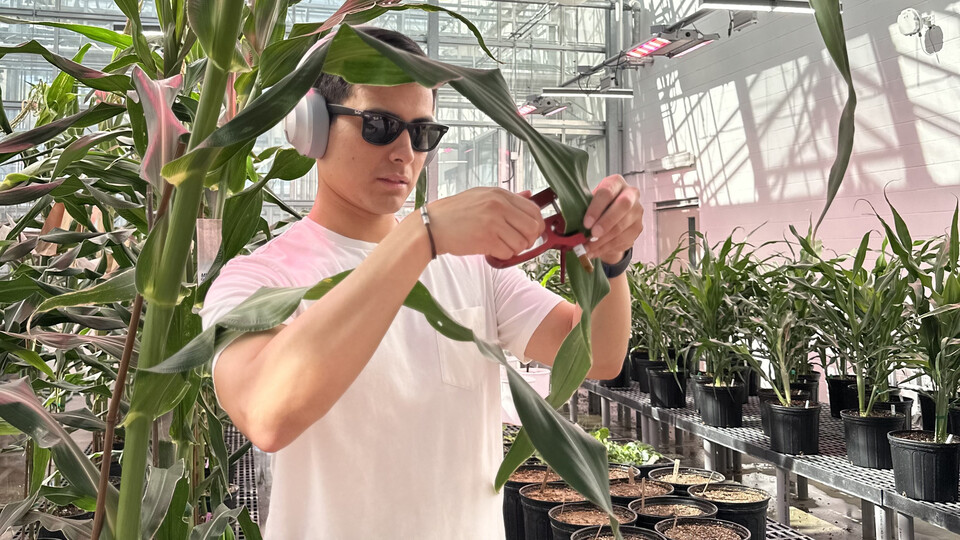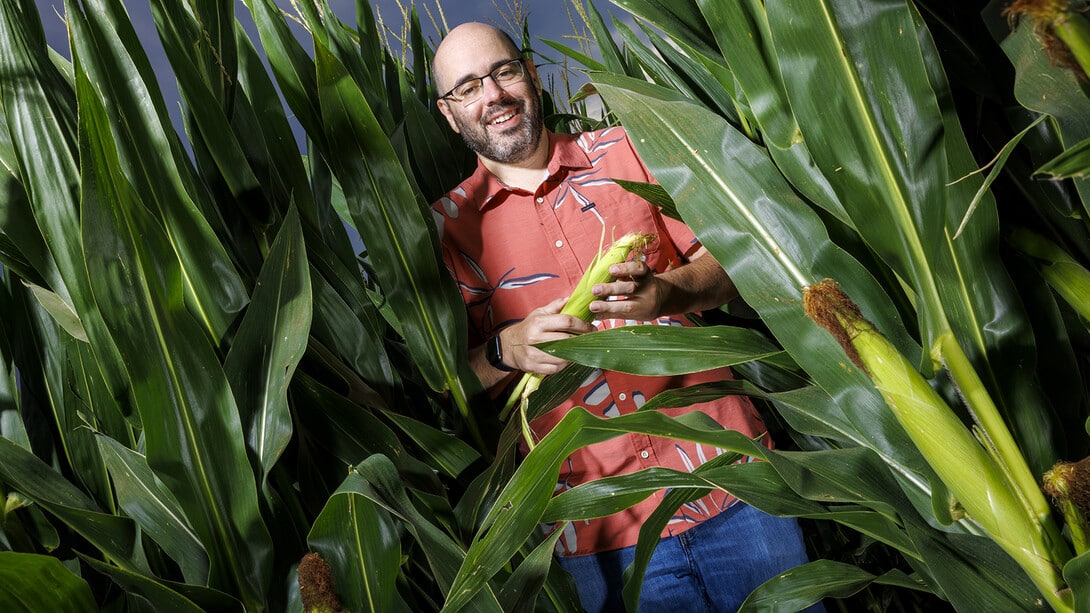Wheat growers are closely watching the progress of hybrid wheat, wondering if it could deliver higher yields and agronomic benefits similar to hybrid corn and sorghum.
A recent news release from the University of Nebraska detailed recent investments in hybrid wheat research from both public and private sectors—including a notable breakthrough from Corteva in wheat hybridization technology—are driving interest in this space. While details of these advancements remain limited, Corteva is one of several organizations exploring hybrid wheat as a way to improve traits such as yield potential and drought tolerance.
Despite ongoing research, commercial-scale hybrid wheat production has remained challenging due to the complexity and cost of breeding hybrids.
“Wheat is a perfect and complete flower, meaning the anther — where pollen is produced — is in the same spikelet as the stigma. In contrast, corn has separate tassels and silks,” explained Amanda Easterly, research associate professor at the University of Nebraska-Lincoln (UNL) High Plains Ag Lab. “Because wheat spikelets are small, preventing self-pollination requires methods beyond physical separation. These approaches, whether genetic or chemical, tend to be expensive.”
Hybrid wheat research programs at UNL and Texas A&M University have been in place since 2014, with UNL’s Small Grains Breeding program, now led by Dr. Katherine Frels, testing hybrids statewide since 2016. Initial results from 2016 and 2017 trials showed that some of the 600 experimental hybrids tested demonstrated yield benefits and greater stability under drought and heat stress. An upcoming publication from the Small Grains team indicates that top-performing hybrids exhibit more consistent performance under stress compared to some conventional wheat cultivars.
In addition to university research, companies such as Bayer, BASF, and Syngenta have pursued hybrid wheat development. However, high breeding costs have led some programs to scale back or shut down. In the 1990s, Monsanto’s HybriTech division introduced hybrid wheat under the “Quantum” brand in the Nebraska Panhandle, but higher seed costs posed challenges for adoption. More recently, BASF discontinued its North American hybrid wheat breeding program in 2023 due to similar economic hurdles.
The potential success of hybrid wheat hinges on heterosis, a biological phenomenon that drives the superior performance of hybrid offspring.
“Heterosis occurs when a hybrid outperforms its parent varieties, ideally by a significant margin,” Easterly said. “Wheat breeders often collaborate within a market class, which means genetic relationships between varieties from Nebraska, Kansas, and Texas are relatively close. This could be limiting the degree of heterosis observed in wheat.”
Scaling up hybrid seed production remains one of the biggest obstacles to commercialization. Researchers like Frels and her team can evaluate hybrids in multiple locations with just a pound of seed per trial, but large-scale farming requires 50-60 pounds of seed per acre. Demonstrating a consistent yield advantage over conventional wheat is essential before hybrid wheat can gain widespread adoption.
As for Corteva’s latest advancements, the industry is watching closely. “It will be interesting to see how their innovations impact both research and the market,” Easterly said. “Hybrid wheat may also pave the way for new technologies in wheat breeding.”













